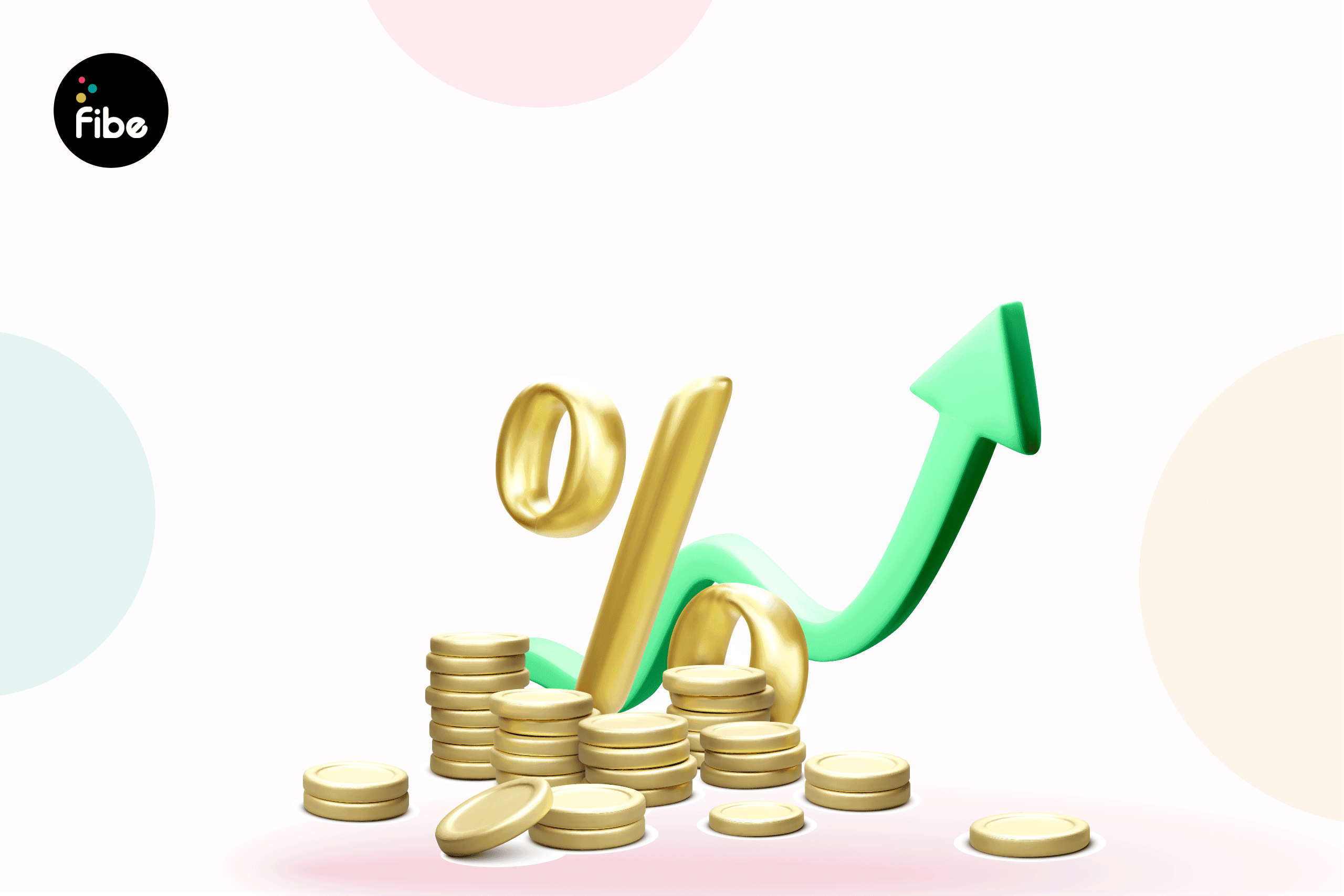- Home
- Blogs
- Personal Loan
- Interest Rates On Personal Loans In India
Interest Rates on Personal Loans in India 2024
Reviewed by: Fibe Research Team
- Updated on: 14 Jan 2025
Reviewed by: Fibe Research Team

You can use a personal loan as a great financial tool to meet a variety of needs, from home renovations to medical emergencies. However, knowing what you will have to pay is important to ensure that your decision is cost-effective. Here’s where the interest rate and other fees come into play.
Lenders levy these charges to cover their administration costs and for offering the funding. However, this varies across lenders and knowing them becomes all the more crucial. So, read on to understand the interest rates and other charges of a personal loan.
Personal loan interest rates in India depend on the current financial climate as well as other factors, such as:
Here are a few things that you need to keep in mind about interest rates:
Here’s an overview of the processing fees that the lender will levy:
In addition to the above, you may have to pay the following charges:
Compare these across lenders to borrow cost-effectively. Remember, some lenders may offer waivers or discounts on processing fees, particularly if you have a strong credit score. So, be on the lookout for these offers.
Here are some ways you can try to get pocket-friendly rates:
To enjoy a quick and seamless process to apply for a personal loan, you can opt for Fibe. You can get an Instant Cash Loan of up to ₹5 lakhs with rates starting at 2% per month. That’s not all. You can enjoy quick approval and disbursal to meet your needs without any delays. Download the Fibe Personal Loan App or visit the website to secure restriction-free funding with minimal paperwork.
The rates vary depending on several factors, including:
You can get competitive rates by trying these tips:
Apart from the applicable interest rate, you will need to pay the following, depending on the lender:
Lenders use your income as an indicator of your repayment ability. So, here’s how it affects your rates: